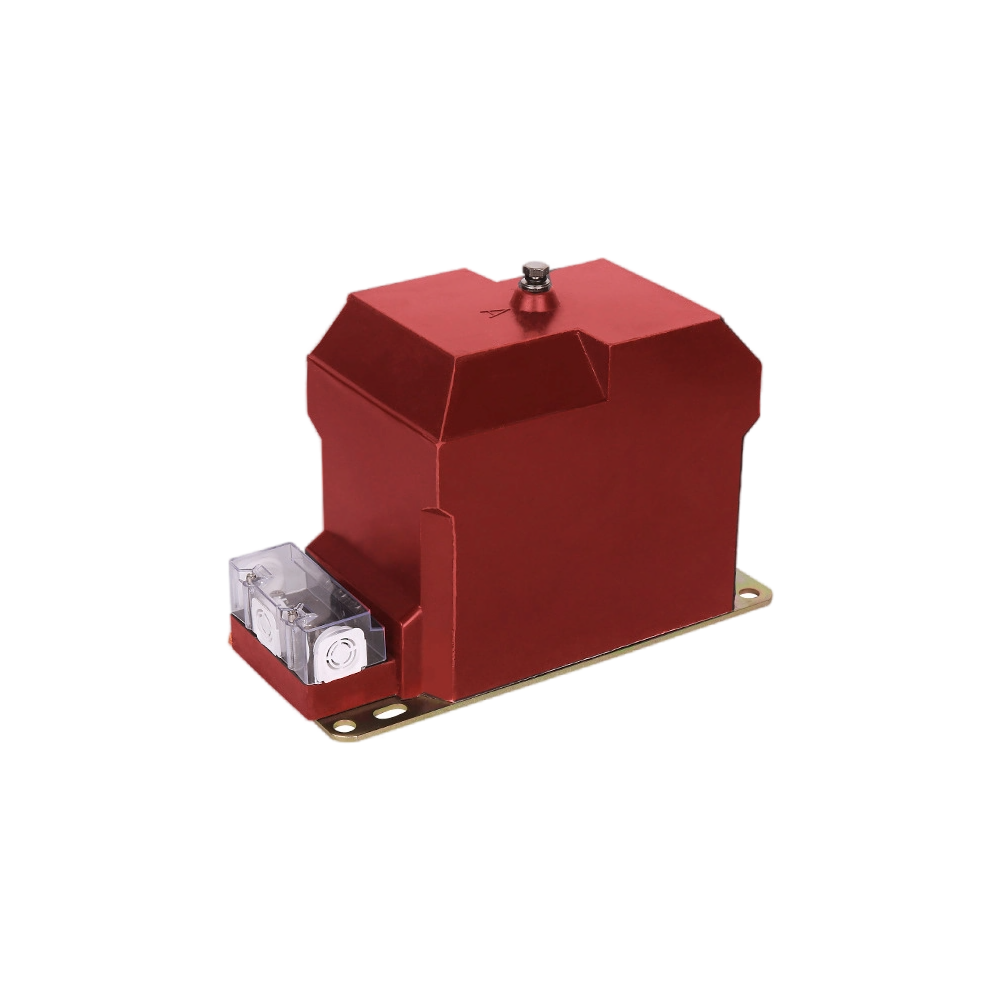Auto transformers are widely used in electrical engineering for their efficiency, cost-effectiveness, and versatility. This article delves into the benefits, working principles, and key differences of auto transformers, providing a comprehensive understanding of their significance in various applications.
What is an Auto Transformer?
An auto transformer is a type of electrical transformer with only one winding that acts as both the primary and secondary winding. Unlike conventional transformers, where primary and secondary windings are separate, the auto transformer shares a portion of the winding between the input and output.
Benefits of Auto Transformers
- Cost-Effectiveness:
Auto transformers use less copper and iron compared to traditional transformers, making them more economical to manufacture and maintain. - Improved Efficiency:
Due to their design, auto transformers exhibit lower losses, resulting in higher efficiency, often exceeding 99%. - Compact Size:
The reduced material usage allows auto transformers to be smaller and lighter, making them suitable for installations with space constraints. - Voltage Regulation:
Auto transformers provide smoother voltage regulation, which is particularly beneficial in applications requiring precise voltage control. - Versatility:
They can be used for voltage step-up or step-down operations, motor starting, and interconnecting systems with slightly different voltage levels.
Working Principles of Auto Transformers
An auto transformer operates on the principle of electromagnetic induction. Its single winding is divided into three sections: primary, secondary, and common winding. Here’s how it works:
- Voltage Input and Output:
A portion of the winding is connected to the power source (primary), and the remaining portion supplies the output voltage (secondary). - Tap Connections:
The secondary voltage is derived from tapping points on the winding, allowing for adjustable voltage ratios. - Magnetic Coupling:
As current flows through the winding, a magnetic field is induced, transferring energy from the primary to the secondary section. - Energy Efficiency:
A significant portion of energy is transferred directly via the winding (conductive transfer), while the rest is transferred magnetically.
Key Differences Between Auto Transformers and Conventional Transformers
| Aspect | Auto Transformer | Conventional Transformer |
|---|---|---|
| Winding | Single winding shared for primary and secondary | Separate windings for primary and secondary |
| Efficiency | Higher due to reduced losses | Comparatively lower efficiency |
| Size and Weight | Smaller and lighter | Larger and heavier |
| Cost | More economical | Higher cost |
| Voltage Regulation | Superior | Less efficient in voltage regulation |
| Applications | Suitable for close voltage ranges | Ideal for wide voltage differences |
Applications of Auto Transformers
- Motor Starters: Used in industries to reduce inrush currents during motor startup.
- Voltage Stabilizers: Help stabilize voltage fluctuations in power distribution.
- Power Transmission: Utilized in power systems for interconnecting grids.
- Audio Systems: Employed in impedance matching in audio equipment.
- Railway Systems: Serve in the electrification of rail networks.
Conclusion
Auto transformers are a crucial component in electrical systems, offering significant advantages in terms of cost, efficiency, and versatility. Understanding their working principles and differences from conventional transformers helps in selecting the right transformer for specific applications. Their compact design and superior performance make them indispensable in modern engineering solutions.
